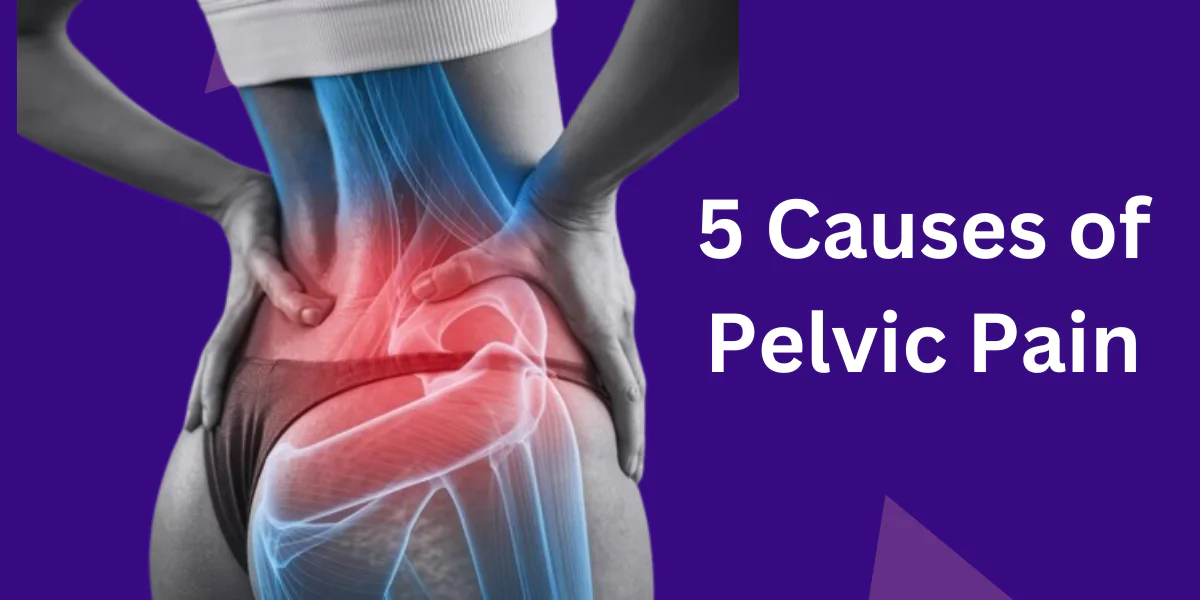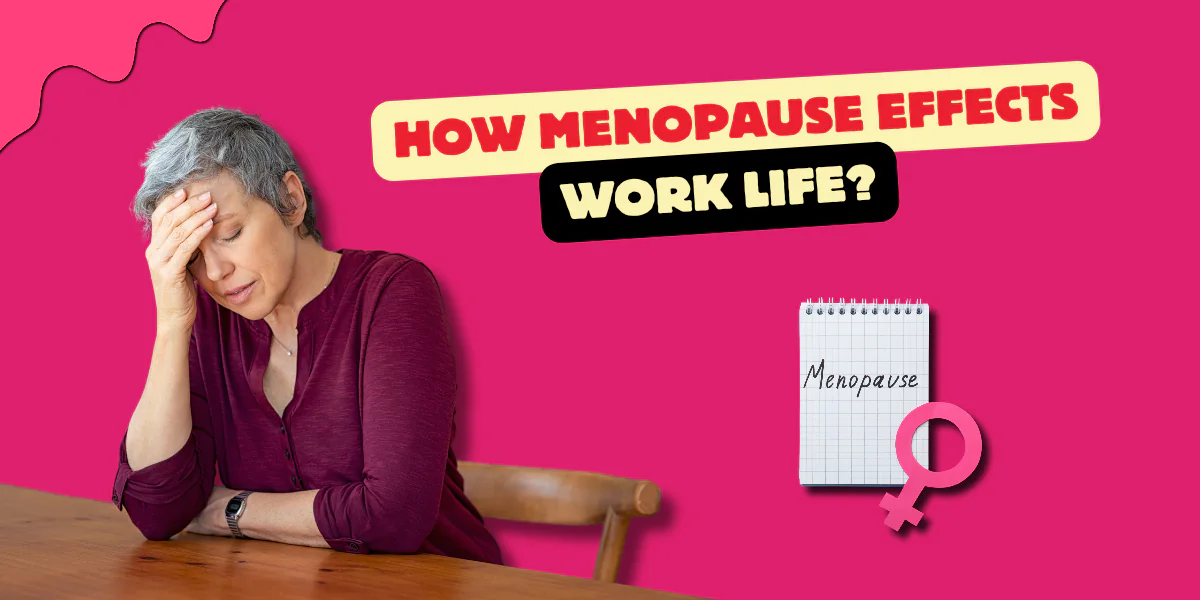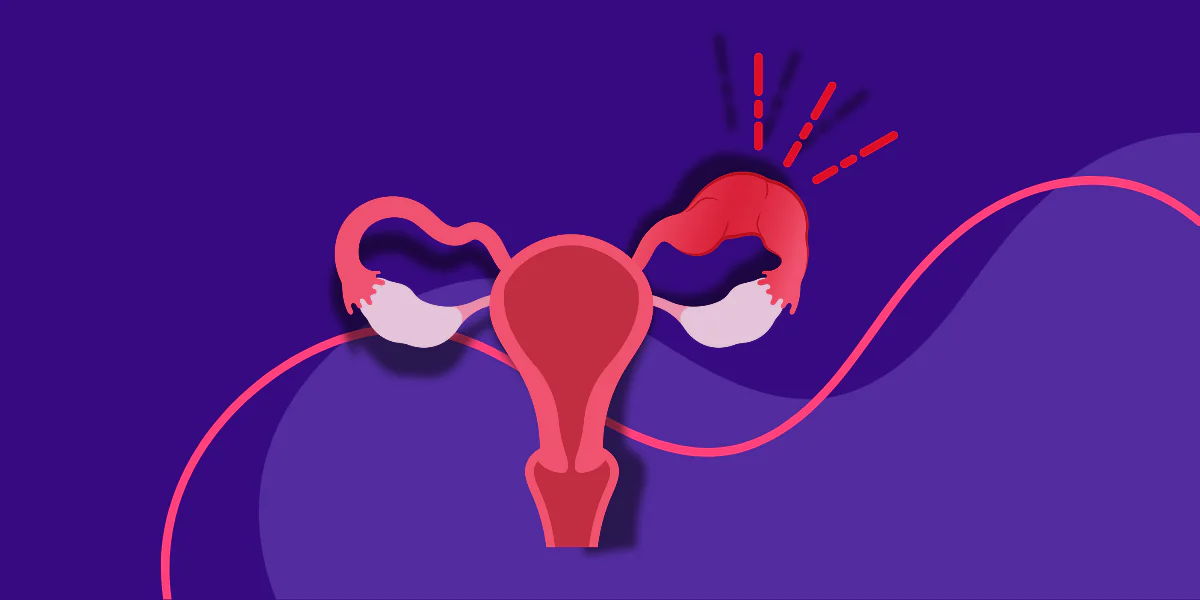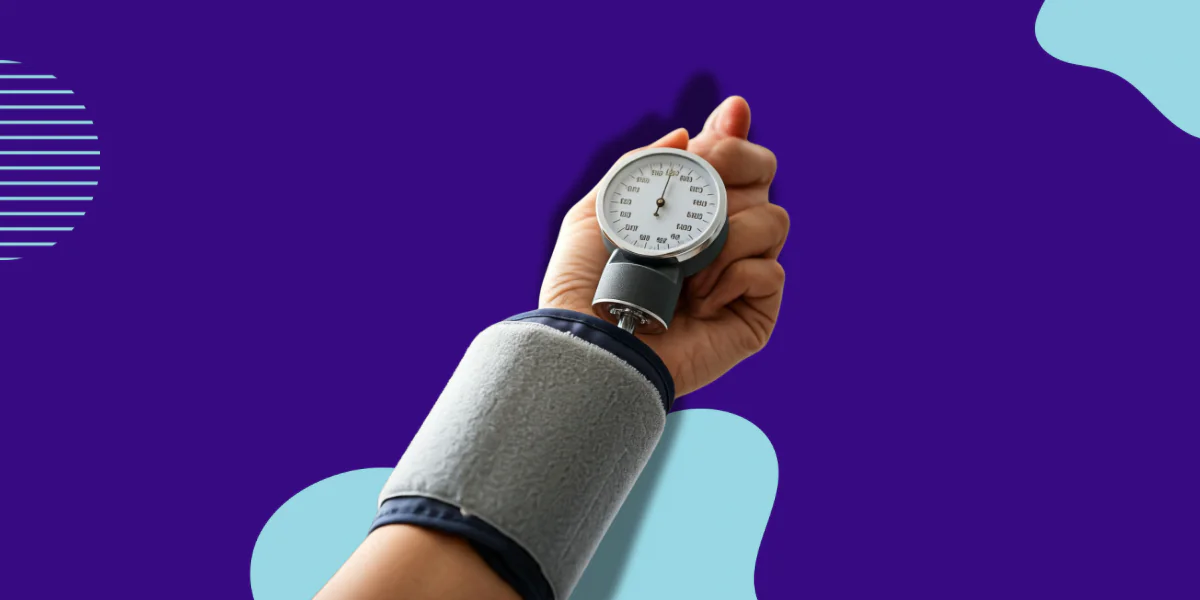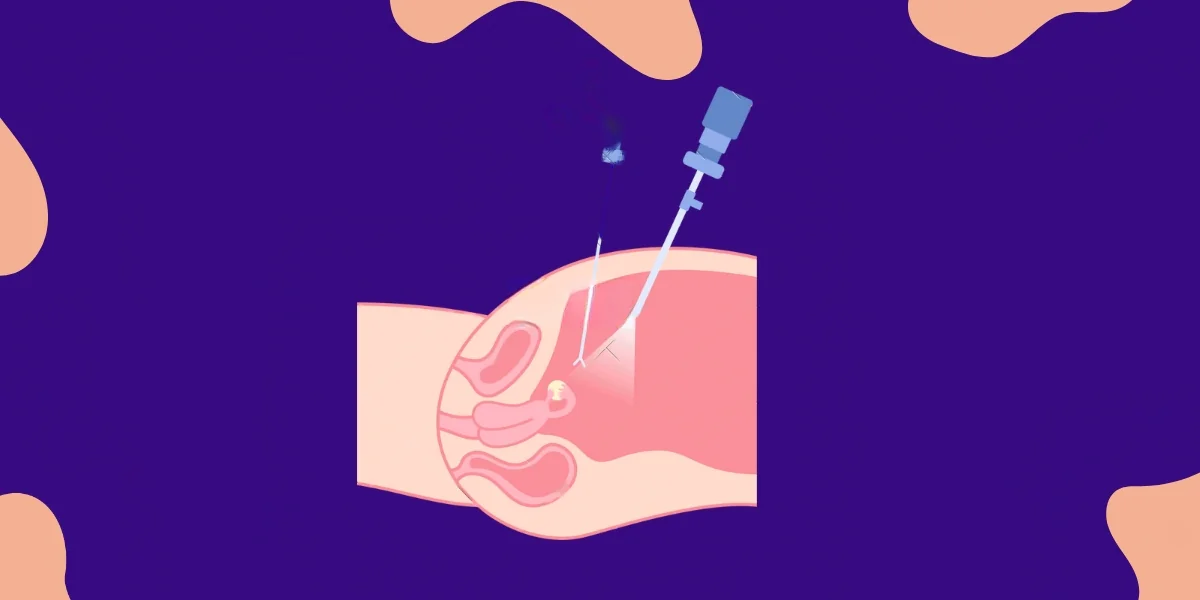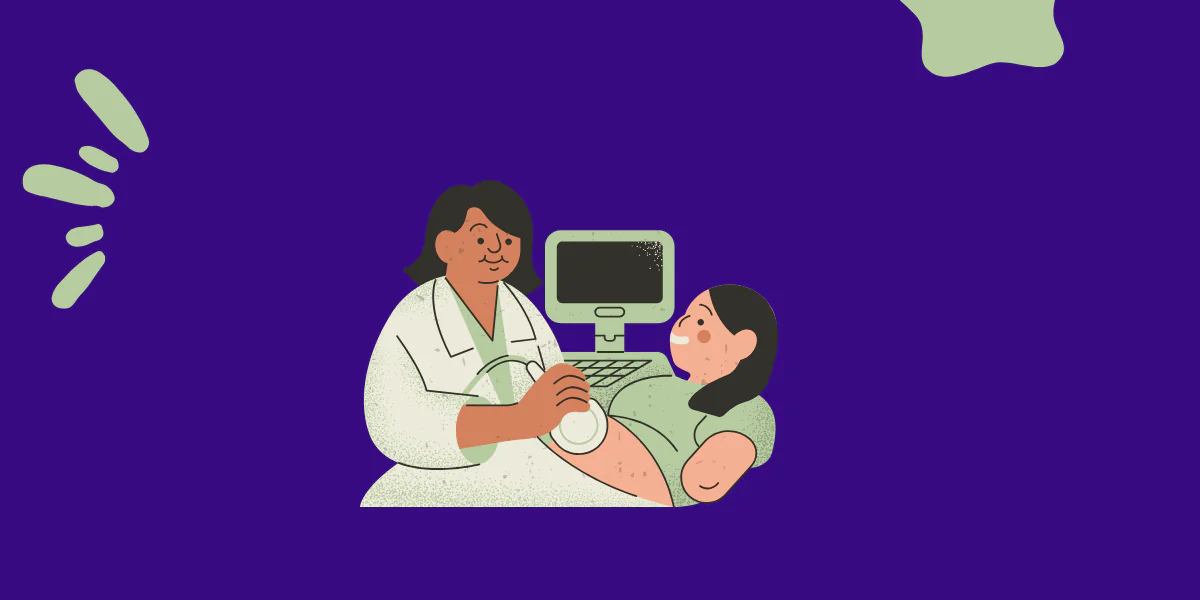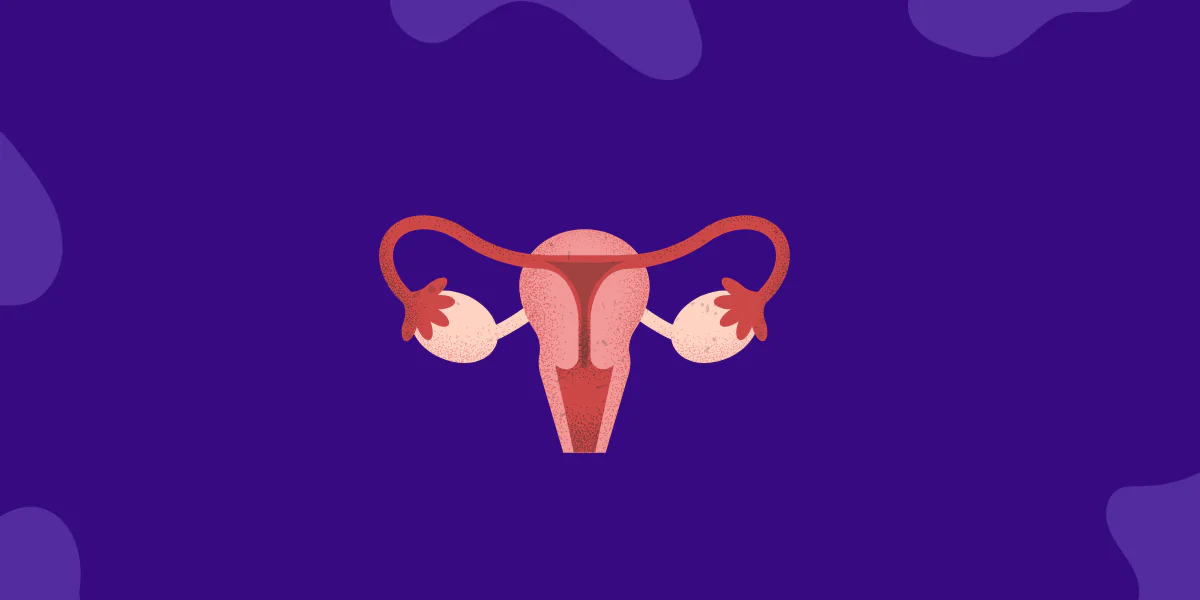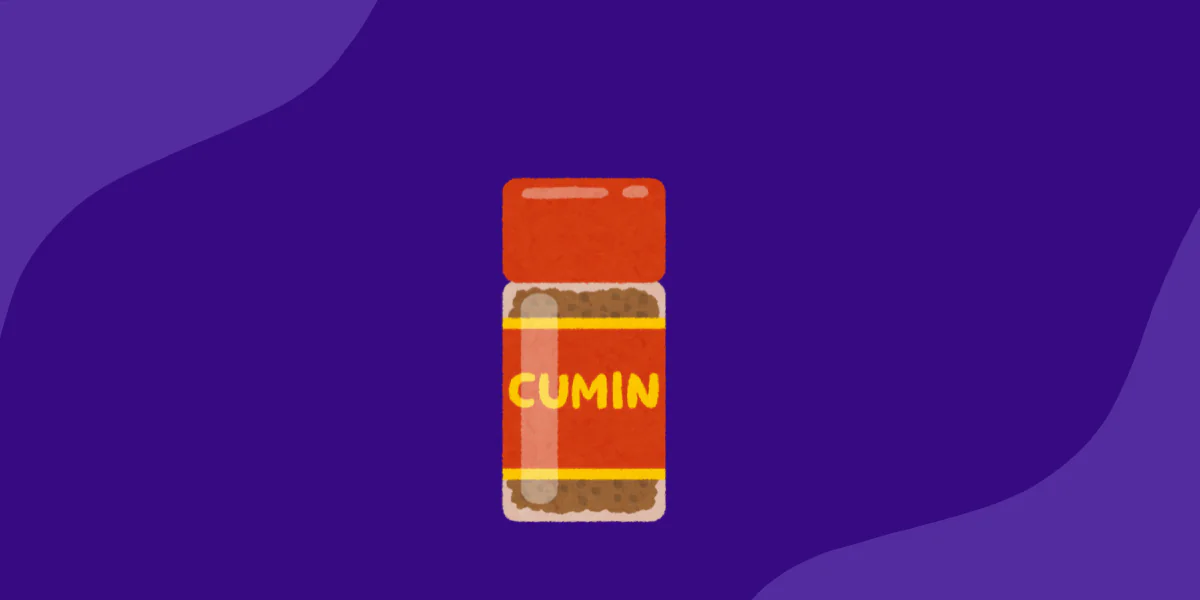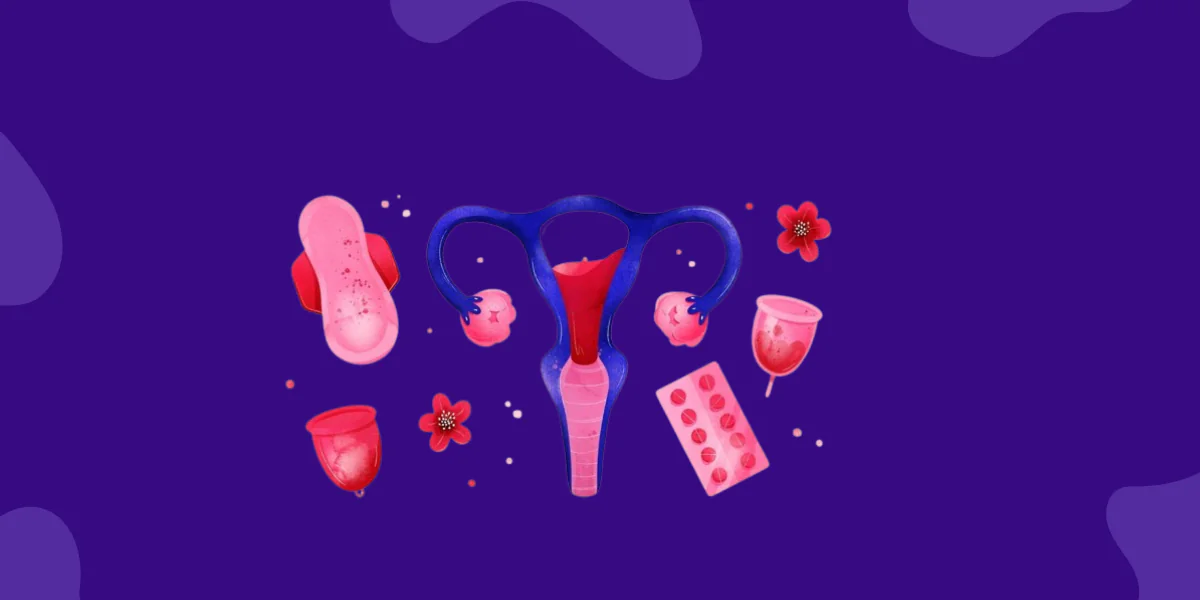Pelvic pain is a common issue that many individuals experience, especially women. It can range from mild discomfort to severe pain, significantly impacting daily activities. Understanding the causes of pelvic pain is crucial for managing symptoms and seeking appropriate treatment. Here, we explore five common reasons behind pelvic pain, as explained by a doctor, and provide practical advice on when to consult a medical professional.
1. Menstrual Cramps and Endometriosis
Menstrual cramps, or dysmenorrhea, are one of the leading causes of pelvic pain among women. During menstruation, the uterine muscles contract to shed the lining, leading to pain in the lower abdomen and pelvic region. While mild cramps are normal, severe pain could indicate a more serious condition like endometriosis.
Endometriosis occurs when tissue similar to the uterine lining grows outside the uterus, causing inflammation and chronic pain. According to studies, endometriosis affects around 10-15% of reproductive-age women globally, with similar prevalence in India. Common symptoms include heavy periods, pain during intercourse, and chronic pelvic pain. If you experience severe menstrual cramps that interfere with daily life, consult a gynecologist for evaluation.
2. Urinary Tract Infections (UTIs)
Urinary Tract Infections are another common cause of pelvic pain. They occur when bacteria enter the urinary tract, leading to inflammation of the bladder and urethra. Symptoms include a burning sensation during urination, frequent urges to urinate, and lower abdominal discomfort.
UTIs are prevalent among Indian women due to factors like inadequate hydration, poor hygiene, and limited access to sanitation facilities. Maintaining good hygiene and staying hydrated can help prevent UTIs. If you experience persistent pelvic pain along with UTI symptoms, seek medical care, as untreated UTIs can lead to kidney infections and other complications.
3. Ovarian Cysts
Ovarian cysts are fluid-filled sacs that develop on or inside the ovaries. While most cysts are harmless and resolve on their own, some can cause significant discomfort, especially if they become large or rupture. Symptoms include bloating, pelvic pain, and irregular menstrual cycles.
Regular check-ups and pelvic ultrasounds are recommended for women with a history of ovarian cysts, as they can help monitor changes and prevent complications. In cases of severe pain or suspected cyst rupture, seek immediate medical attention to avoid further health risks.
4. Pelvic Inflammatory Disease (PID)
Pelvic Inflammatory Disease is an infection of the female reproductive organs, often caused by sexually transmitted infections (STIs) or untreated infections. PID can lead to chronic pelvic pain, fever, unusual vaginal discharge, and discomfort during intercourse. The condition can also cause long-term complications like infertility if not treated promptly.
In India, awareness and access to STI prevention and treatment remain limited in certain areas, increasing the risk of PID. Early diagnosis and antibiotic treatment can effectively manage PID and prevent long-term issues. If you experience symptoms like high fever, intense pelvic pain, or abnormal discharge, consult a healthcare provider without delay.
5. Muscle Strain and Physical Injury
Pelvic pain isn’t always related to reproductive or urinary issues. Muscle strain from activities like lifting heavy objects, overexertion during workouts, or improper exercise form can lead to discomfort in the pelvic region. This type of pain is common among those who engage in rigorous fitness routines without proper warm-ups or stretching.
With the growing popularity of fitness routines among young adults in India, awareness of proper exercise techniques is essential. If you suspect muscle strain, rest and apply cold compresses to the affected area. Consider seeing a physiotherapist for personalized exercises that can help alleviate pain and strengthen the muscles.
When to Consult a Doctor
Pelvic pain that persists for more than a few days or is accompanied by other symptoms like high fever, heavy bleeding, or difficulty urinating should be addressed by a doctor. Don’t ignore chronic pain, as it can be a sign of underlying conditions that may require medical intervention. Early diagnosis and treatment can prevent complications and improve your quality of life.
Final Thoughts
Pelvic pain can have various causes, from menstrual cramps and infections to physical injuries. Understanding these potential reasons is the first step toward managing your discomfort and seeking the right medical care. If you experience any persistent or severe pelvic pain, consult a healthcare professional for a thorough evaluation and tailored advice. Remember, your health is worth prioritizing.
Read also: 8 Essential Diet Tips for Uterine Lumps
Medical Disclaimer: This article is for informational purposes only and is not a substitute for professional medical advice. Always consult with a healthcare provider for personalized recommendations.

